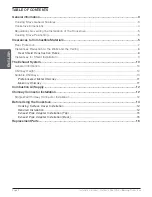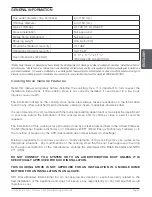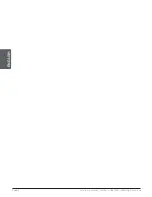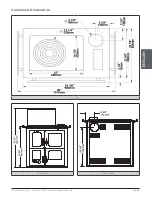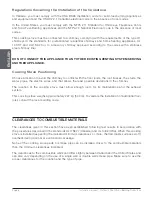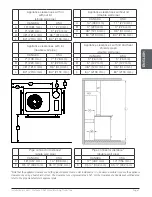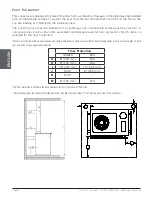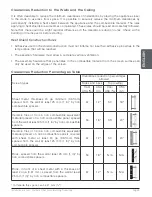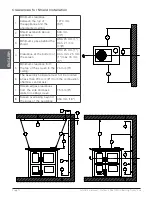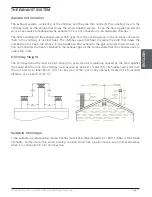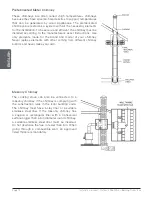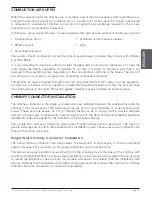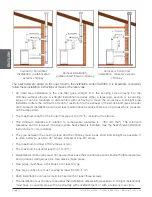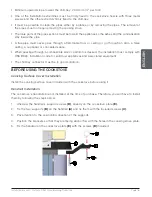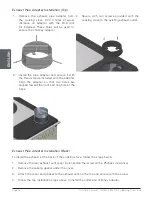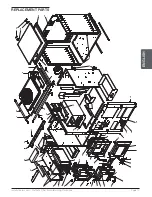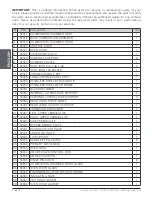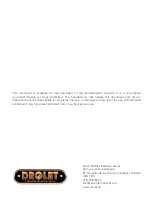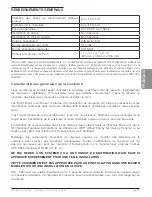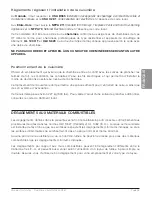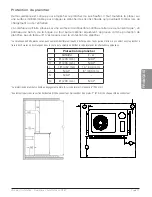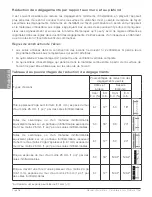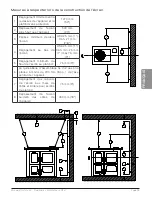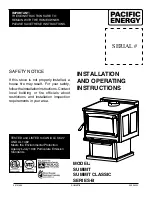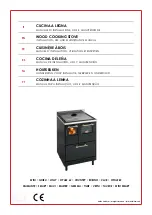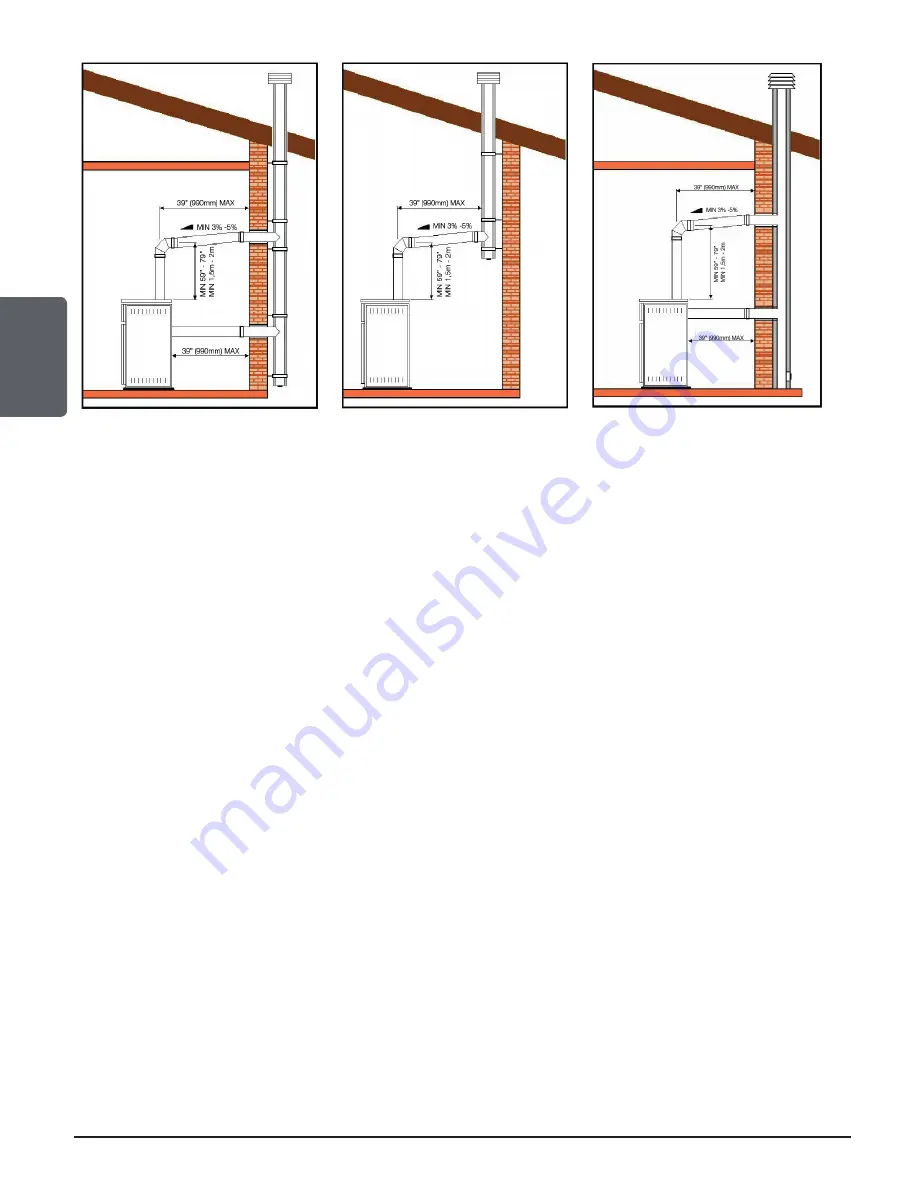
Page 14
Installation manual - Outback Chef Wood Burning Cookstove
ENGLISH
Vertical or horizontal
installation, prefabricated
exterior chimney
Vertical installation,
prefabricated interior chimney
Vertical or horizontal
installation, masonry exterior
chimney
The rules below are based on the rules found in the installation code CSA B365. It is imperative to carefully
follow these installation instructions or those of the local code.
• An ideal pipe installation is the one that goes straight from the cooking stove directly into the
chimney, without elbows. A straight installation requires either a telescopic section or a coupling
pipe so it can be mounted or dismounted without having to move the cookstove. A straight pipe
installation offers the minimum amount of restriction to the exhaust of the smoke and gives a better
draft. Straight installation also need less maintenance because there are no angles where creosote
can be deposited.
• The maximum length of the horizontal pipe is 3m (10 ft.) including the elbows.
• The minimum clearance in relation to combustible materials is : 450 mm (18"). The minimum
clearance can be reduced if an appropriate heat shield is installed. See the heat shield installation
instructions for more details.
• The pipe between the cooking stove and the chimney must be as short and straight as possible. It
is often better to use two 45o elbows instead of one 90o elbow.
• The maximum number of 90o elbows is two.
• The maximum horizontal length is 1m (3 ft.)
• Galvanized smoke pipes must not be used because their coating vaporizes itself at high temperature
and produces dangerous gas. Use black smoke pipes.
• Flue pipes must have a thickness of at least 24 ga.
• Flue pipe connectors must overlap at least 30 mm (1 ¼")
• Each installation connector must be fixed with at least three screws.
• The installation must be able to expand: the installation elbows allow expansion; straight installations
must have a coupling pipe with an extremity without attachment or with a telescopic section.


